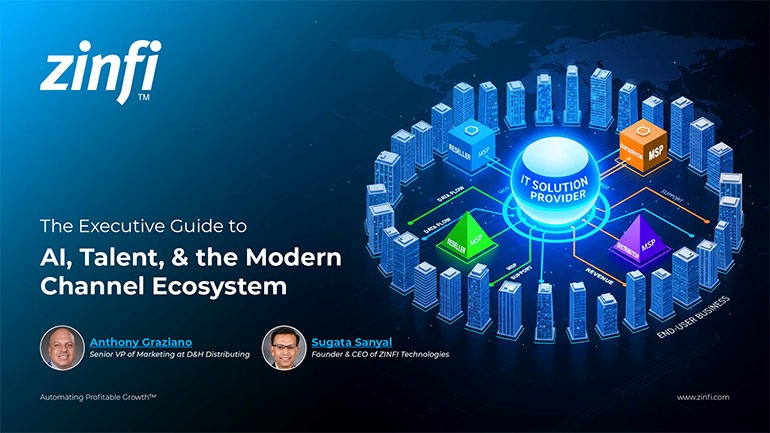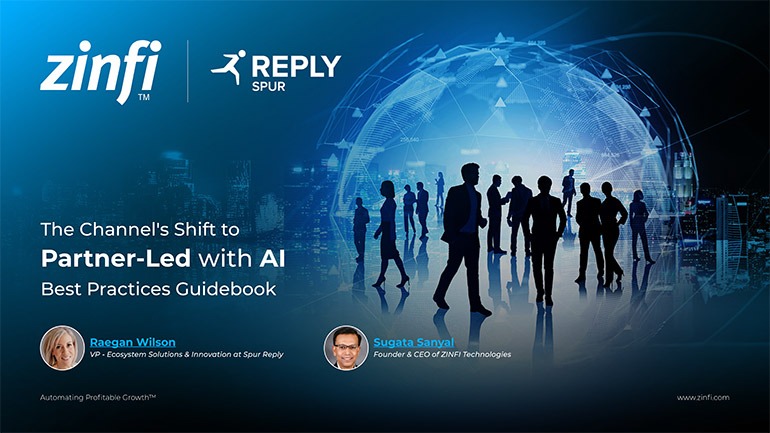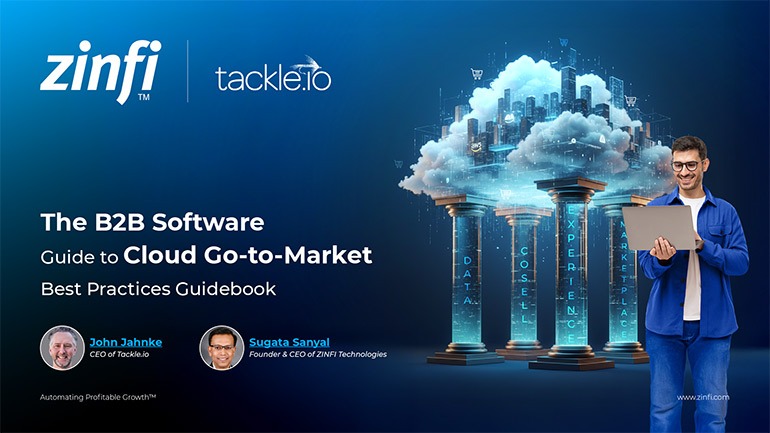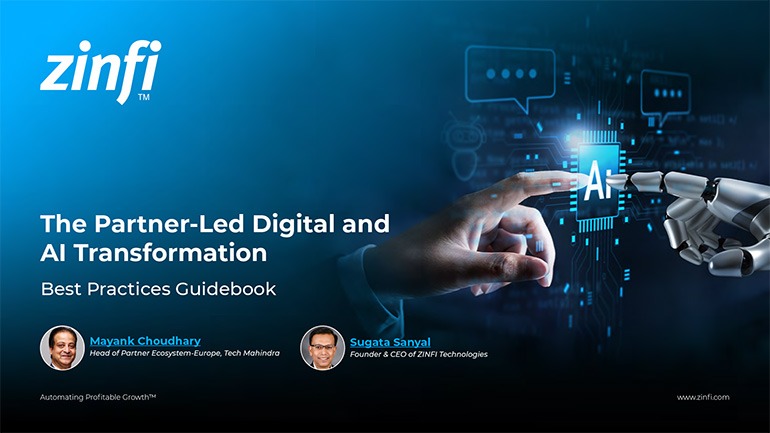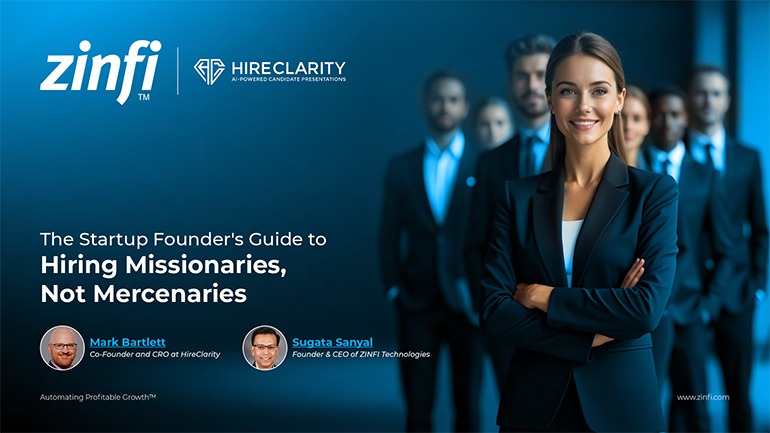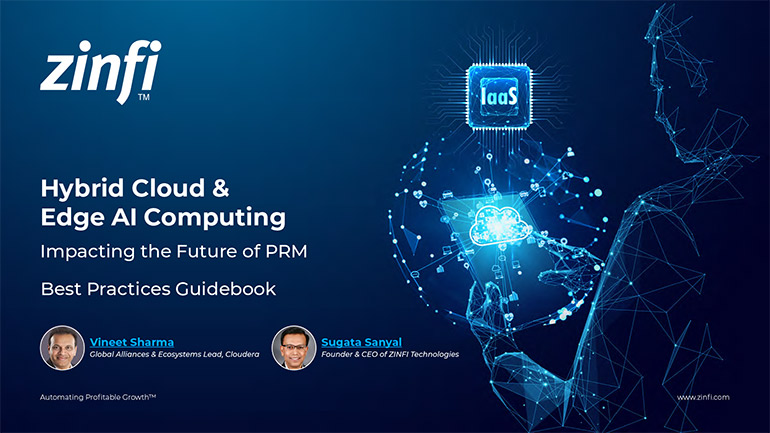The journey to building a scalable partner ecosystem does not begin with casting the widest net possible. Rob Moyer explains that the foundational step is to be highly selective and strategic. Instead of immediately pursuing large distributors or broad marketplaces, the most effective initial strategy is identifying and engaging with boutique partners. These smaller, specialized firms often have deep expertise and trusted relationships within a specific niche that aligns perfectly with your ideal customer profile (ICP) and, just as importantly, your target persona. This focused approach allows a vendor to secure critical early wins, build momentum, and refine its value proposition with deeply invested and aligned partners. It is a process of starting small to build a strong, repeatable model.
Once a successful and repeatable motion is established with these boutique partners, the next phase of the flywheel involves scaling the program. This is where broader platforms like major technology marketplaces and traditional distribution channels become valuable. However, simply being present on these platforms is not a strategy. The early work done with boutique partners provides the proof points, case studies, and refined messaging needed to stand out among the thousands of other vendors on a line card. The success in the initial phase creates the credibility and gravitational pull necessary to attract larger partners and effectively leverage their scale. This methodical, phased approach ensures that growth is built on a solid, validated foundation rather than premature, ineffective bets.
This strategy requires a significant mindset shift for partner managers, who must act more like sales development representatives (SDRs) than traditional relationship managers. Finding the right boutique partners involves proactive, targeted outreach. It requires building an ideal partner profile (IPP) and using modern tools, like LinkedIn, to conduct cold outreach and sell them on the vision of a partnership. It is about creating opportunities, not waiting for them. This disciplined, outbound effort to recruit the right-fit partners is the engine that powers the initial turn of the partner ecosystem flywheel, setting the stage for long-term, scalable success.

